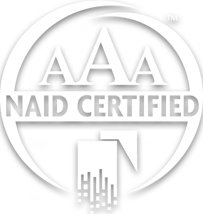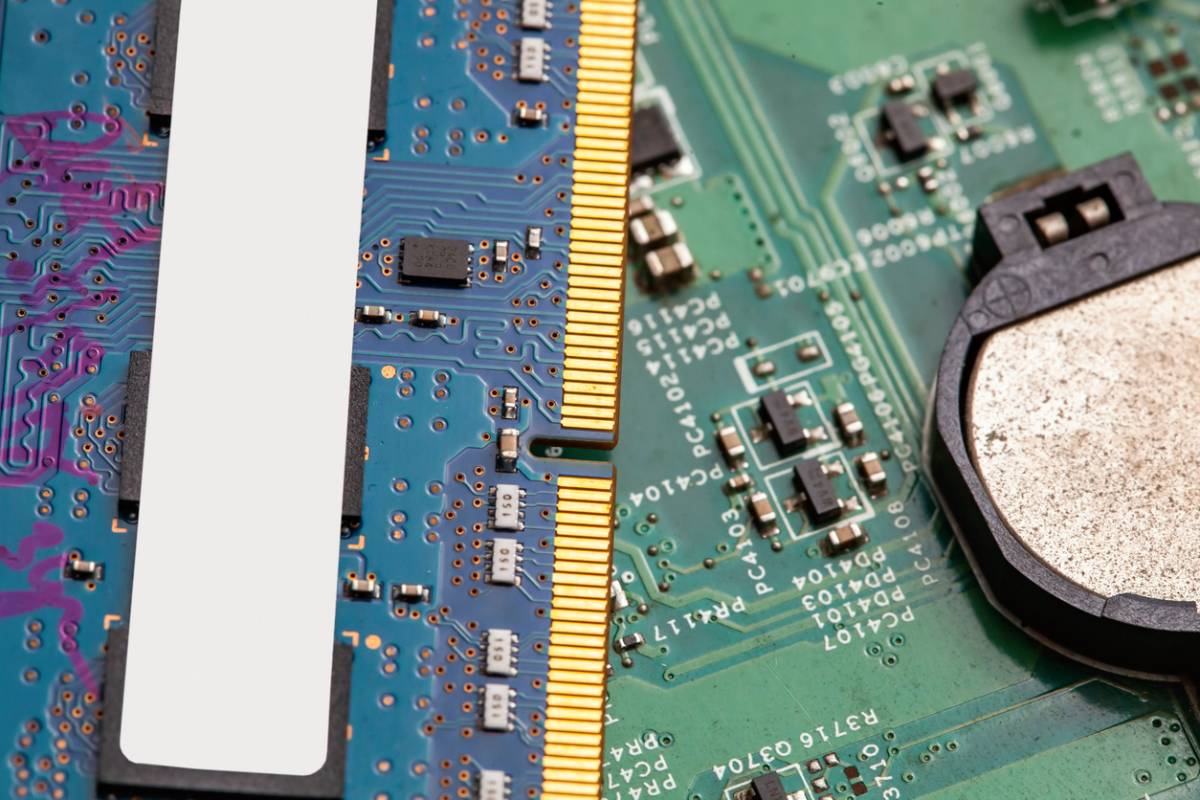Today’s digital world relies heavily on computers to hold everything from photos to confidential business records. But very few understand what it takes to save these documents. How many users stop to ponder on this question: How is data actually stored on a hard drive? Understanding how your data is stored will help you recognize why secure disposal is crucial, especially when choosing a NAID-destruction company to ensure that sensitive information is permanently erased.
How Is Data Actually Stored on a Hard Drive?
A traditional hard disk consists of various components: platters, a spindle, a read and write head, and an actuator arm. The platters are circular disks coated with a magnetic material. They are usually made of aluminum, glass, or ceramic. These magnetic platters spin at high speeds, typically ranging from 5,400 to 7,000 revolutions per minute (RPM), with some high-performance drives reaching speeds of up to 10,000 RPM or even higher.
Above the surface of each spinning platter hovers the read/write head, never touching the platter. Instead, it floats on an air cushion some nanometers away. The tiny gap between the head and the platter does not deter the head from accurately detecting and modifying magnetic patterns across the surface. The platter surface is divided into concentric circles, which are further divided into sectors or tiny storage segments holding blocks of data.
The Language of Data
To store digital data, hard drives use magnetism. Every piece of information, whether it is text, an image, a video, or a software program, is turned into a special code of only two symbols: 1s and 0s. This is called the binary system, which is the basic language used by computers to store and understand information.
So, does the hard drive write 1s and 0s? No. It uses tiny magnetic particles on the surface of the platters. Just like tiny arrows, the particles point one way or the other. If a particle points one way, it means 1. If it points oppositely, it means 0.
1s and 0s seem simple, but the hard drive creates millions of these magnetic bits. It is for this reason that it can store massive amounts of information.
How Files Are Written and Retrieved
When you save a file, it is not automatically placed in a single spot. Your computer looks for free sectors across the platters and writes fragments of the file wherever there is available space. This process is called fragmentation, and it allows the efficient use of disk space. The file system maintains a virtual map that records where each piece of a file is located. The hard drive references this map when you retrieve a file. In milliseconds, the read/write head moves across the tracks and sectors to reassemble the fragments into your original file.
Why Deleting Is Not Enough
Most users think that once they delete a file, it disappears from the hard drive. The truth is, it does not. The file system only marks the space as available for new data. However, until the magnetic imprint is overwritten, the document remains, and with the right software, hackers or identity thieves can access these remnants.
The Importance of Data Security and Drive Disposal
The hard drive retains data, and to ensure its destruction, a professional destruction company should be employed. Formatting or wiping a drive is not enough. To ensure that data cannot be reconstructed, the platters should be physically destroyed. The good news is that specialized companies can ensure that your data is destroyed. They use industrial shredders, degaussers, or crushing equipment to destroy drives beyond recovery, protecting organizations from data breaches, financial liability, and reputational damage.
Work with Professionals
Understanding how your data is stored on your hard drive helps you see why professional destruction is crucial to any business. Magnetically embedded information remains long after files are deleted. This makes old devices a security risk if they are not appropriately handled.
Whether you are an individual who wants to protect your personal information or a business owner, replacing old equipment, it is in your best interest to rely on experts. The added cost is small when compared to the havoc that a data breach could cause your company. Work with trusted professionals who offer hard drive destruction services. Call us today to know more about our services.




